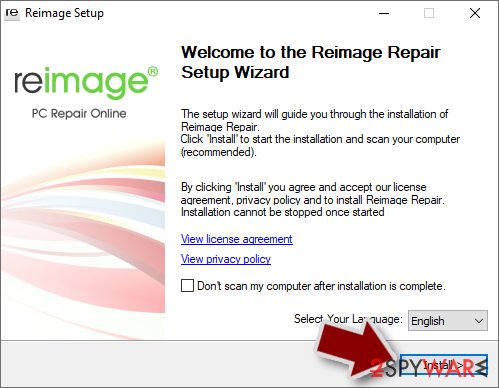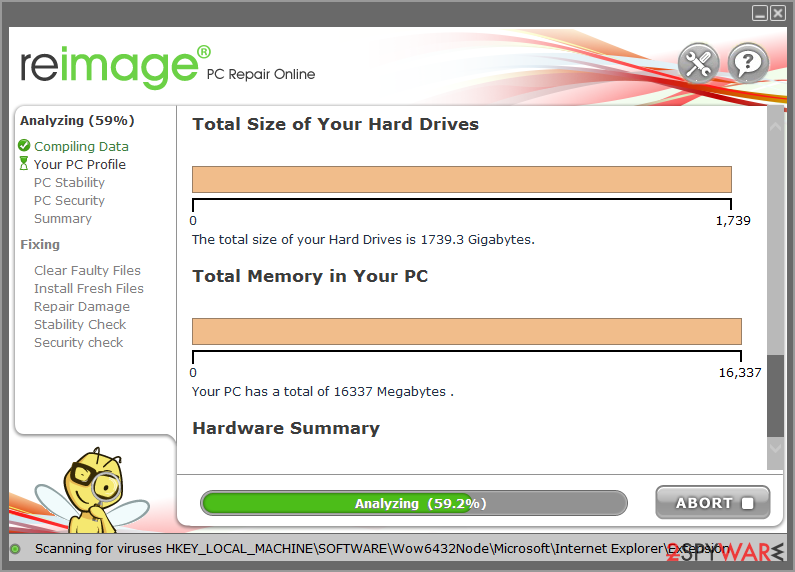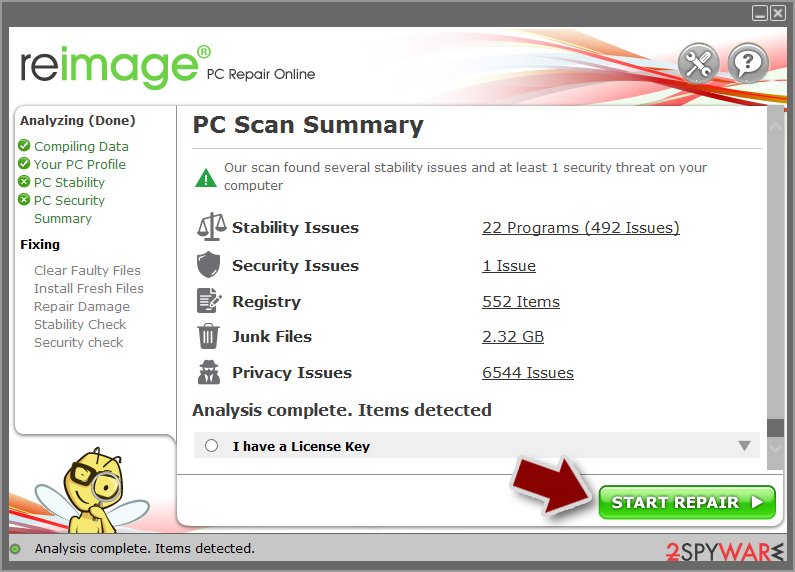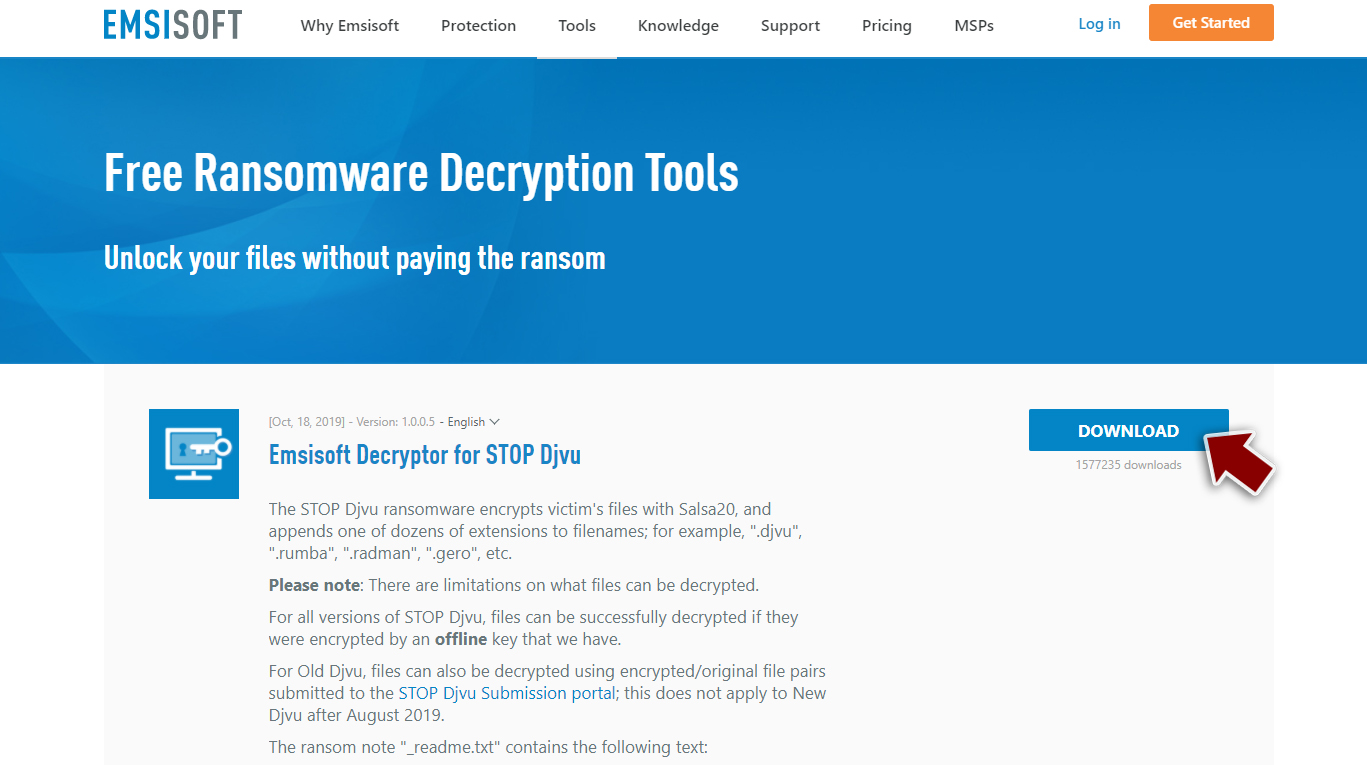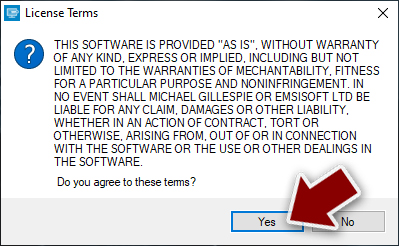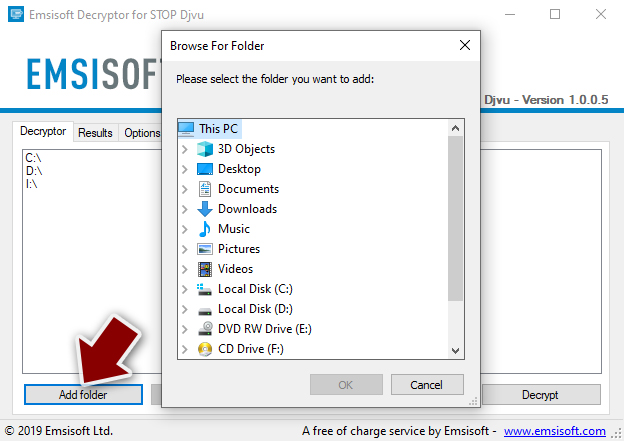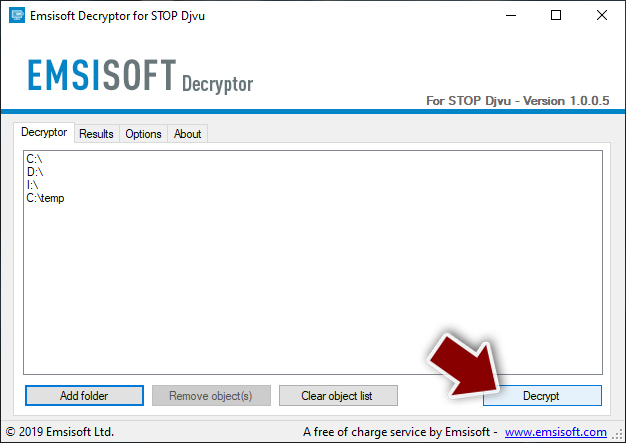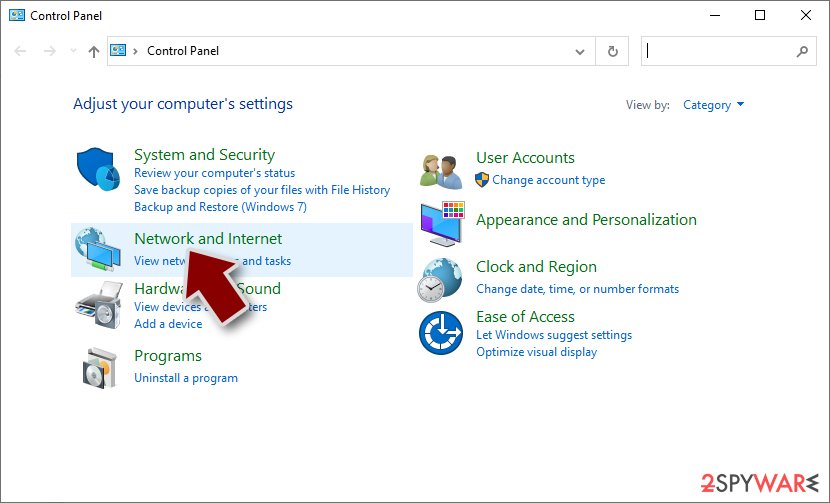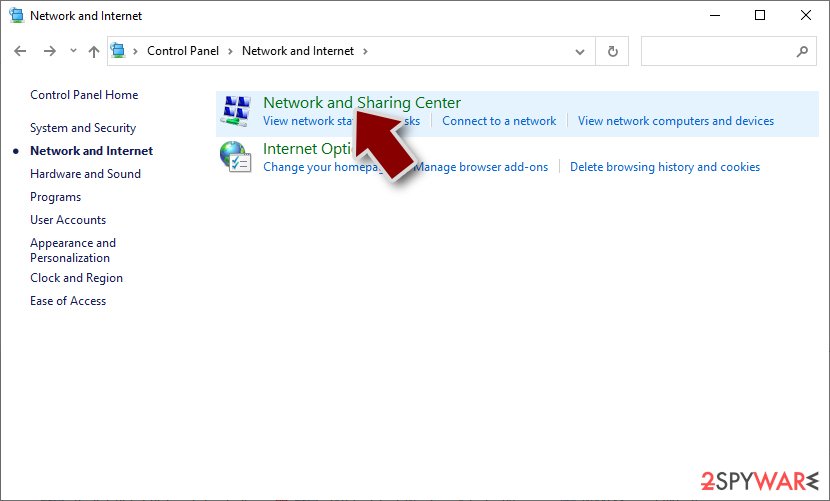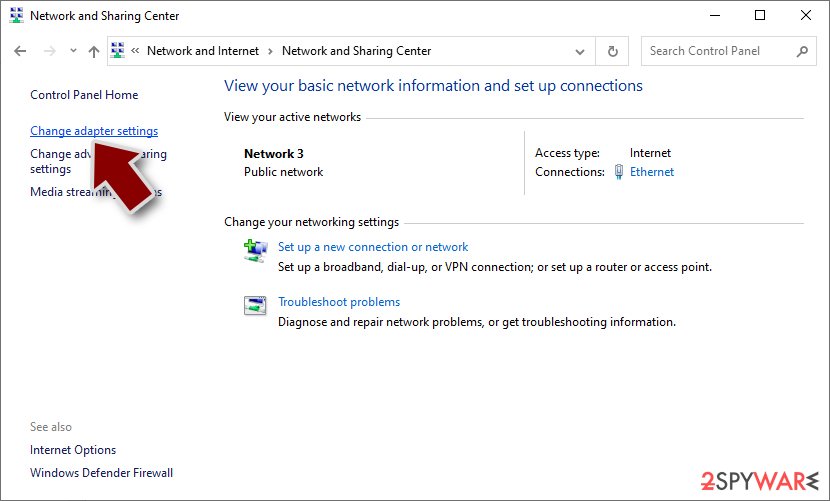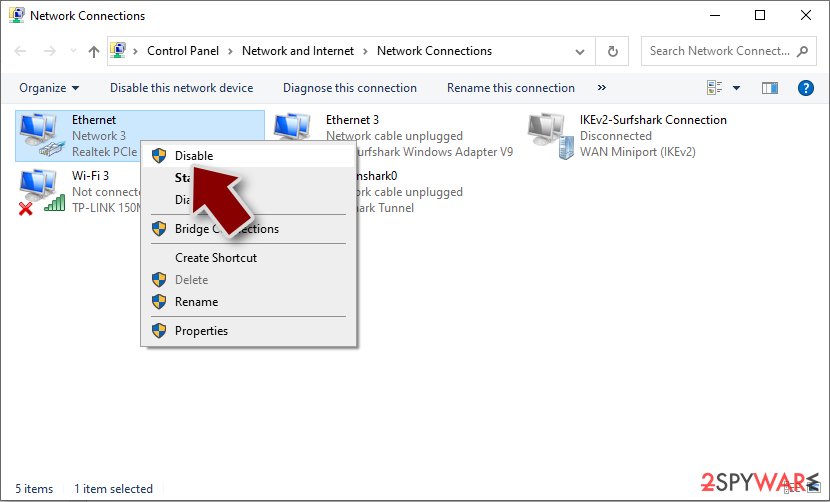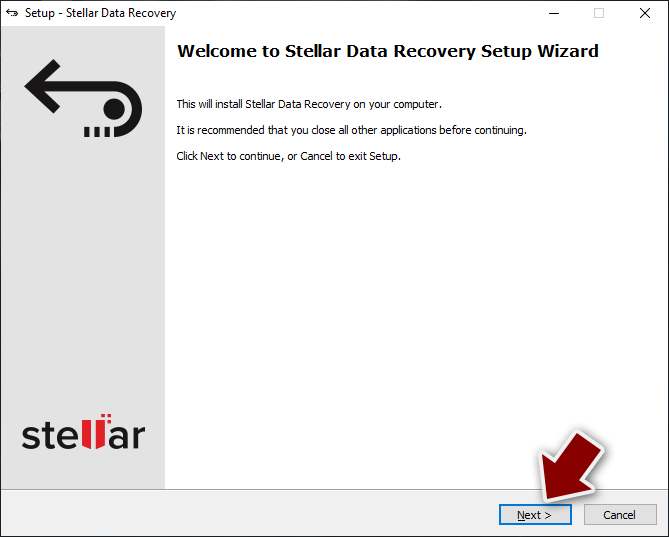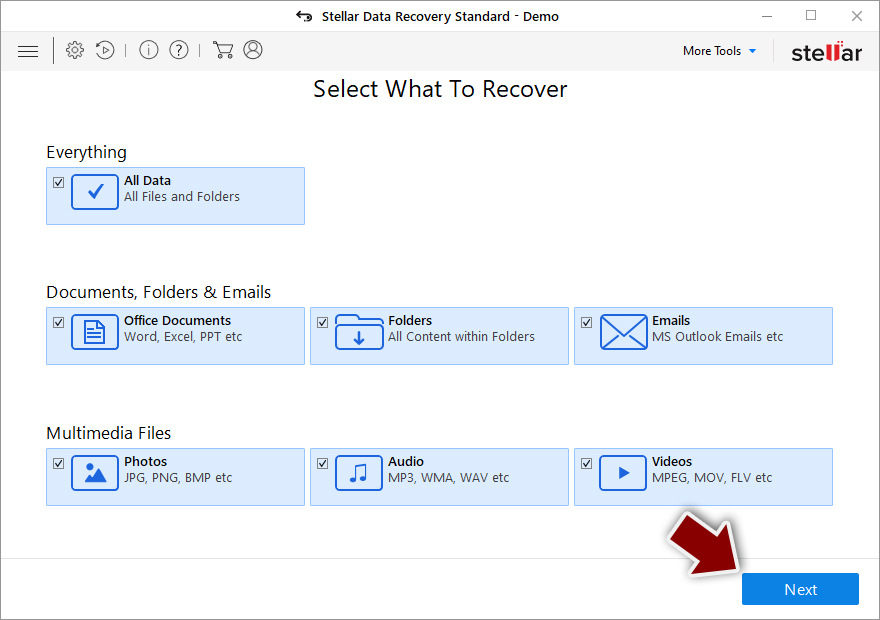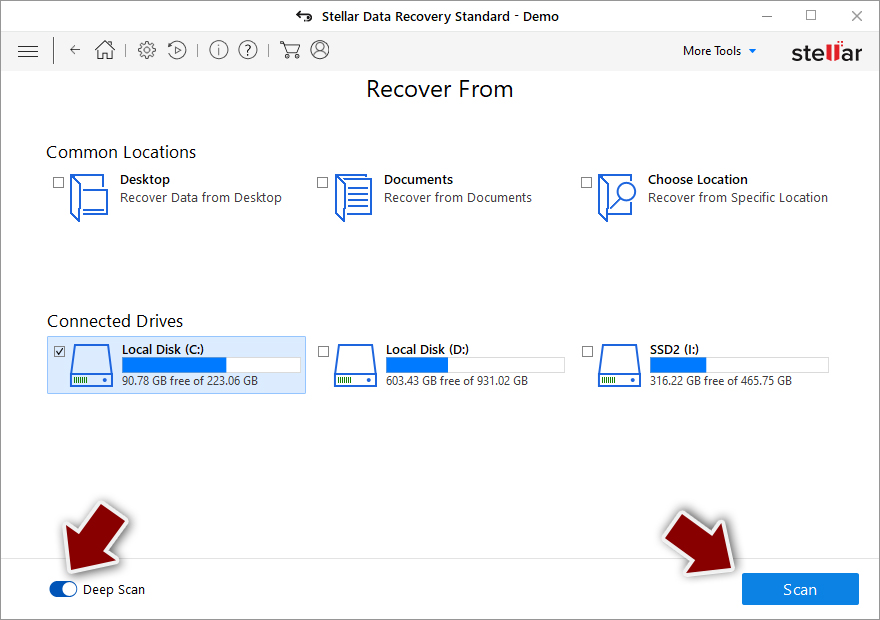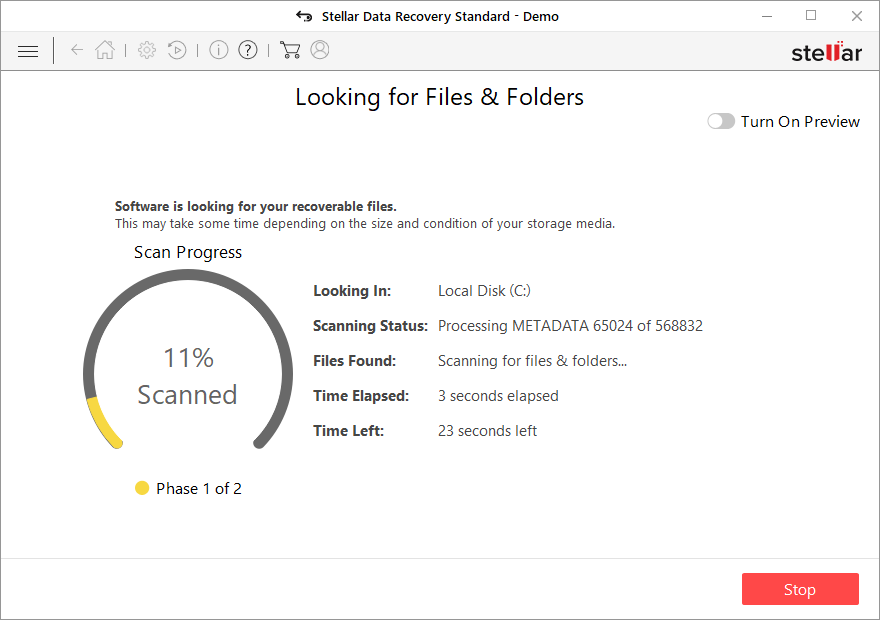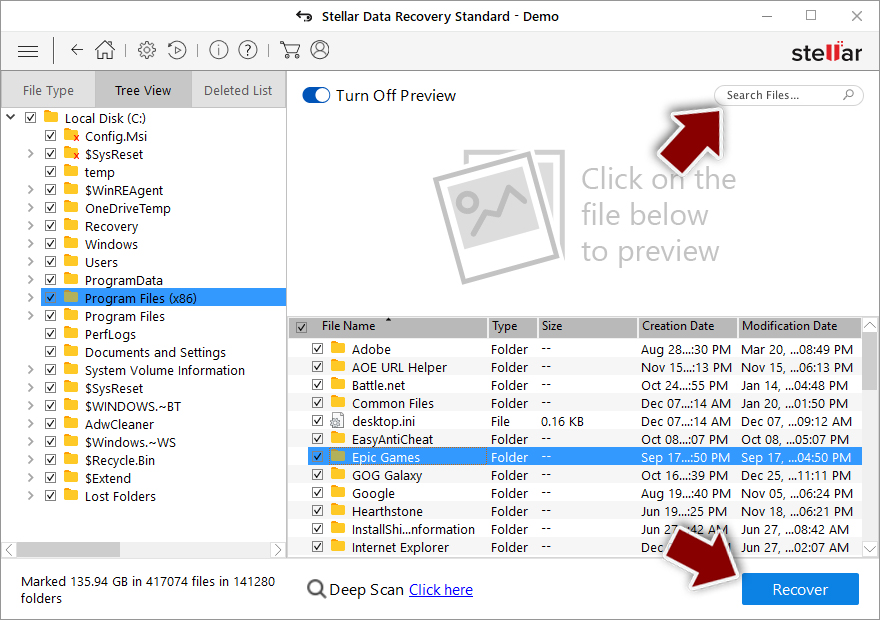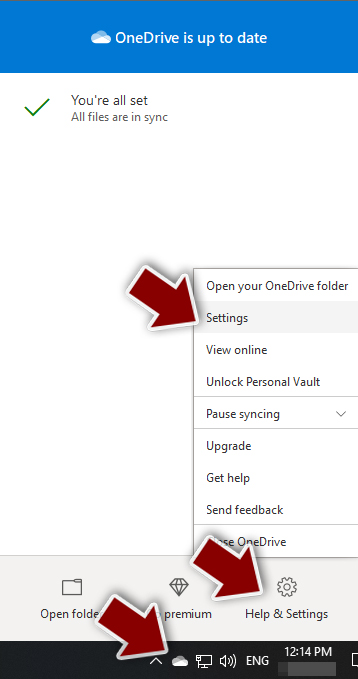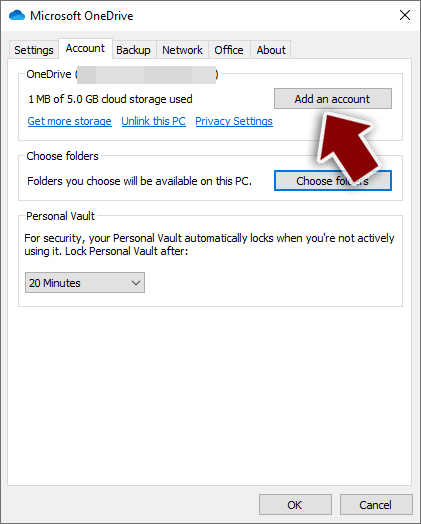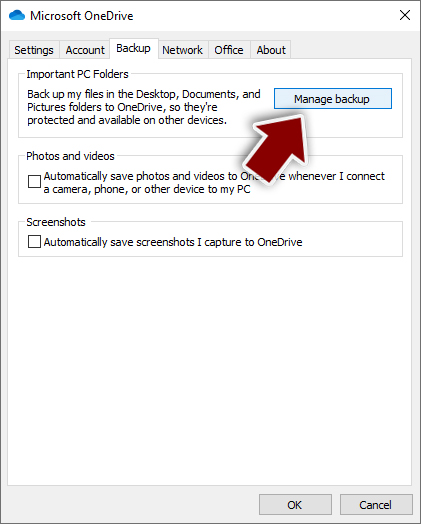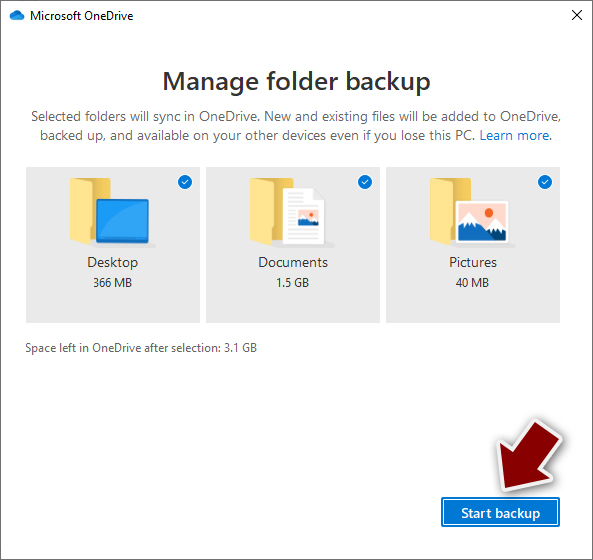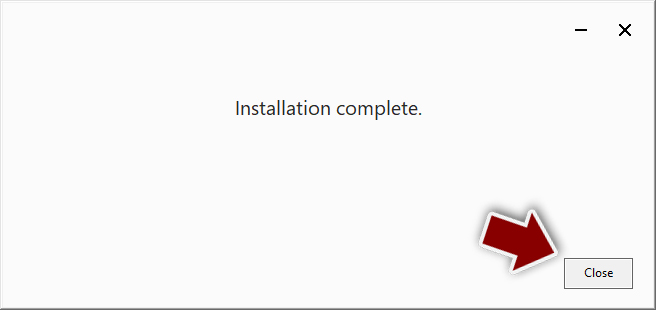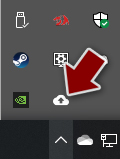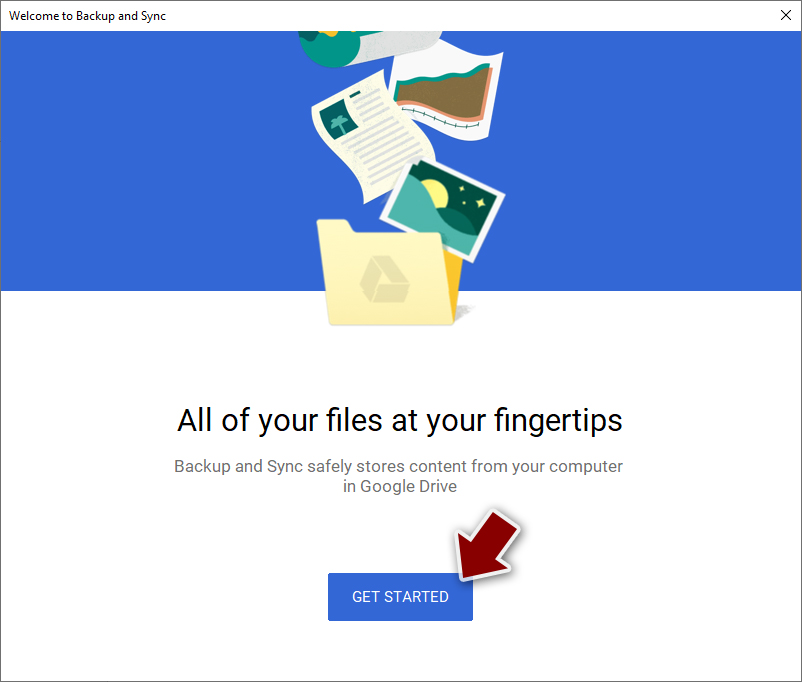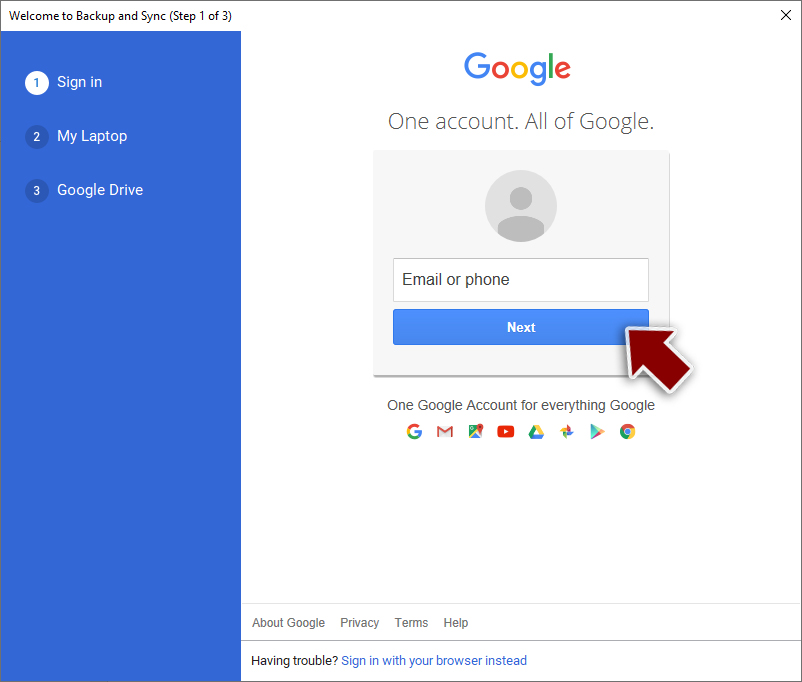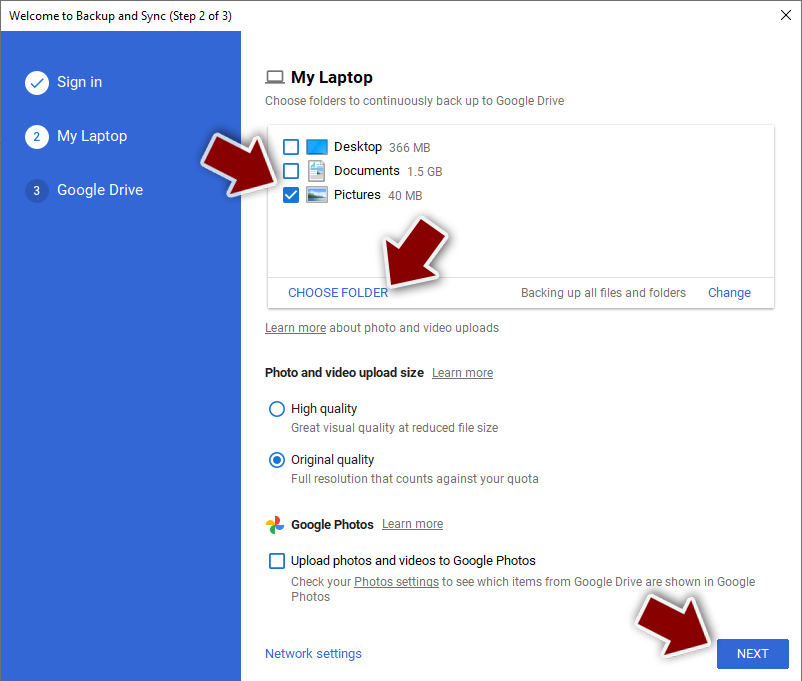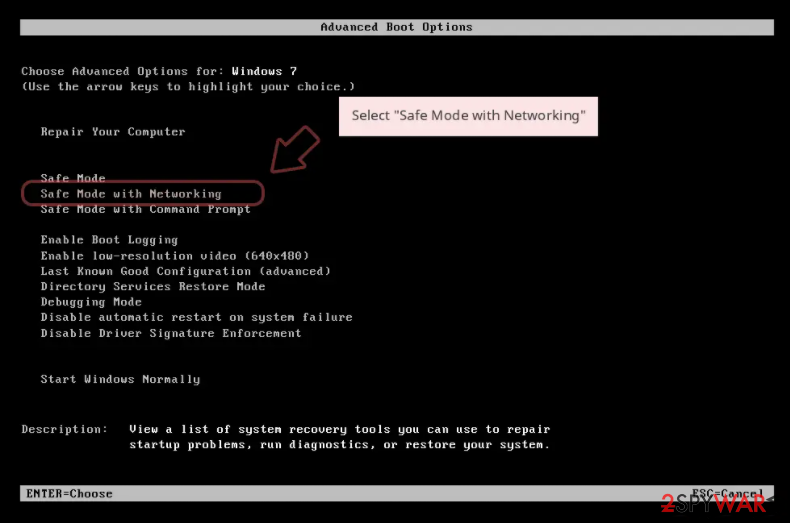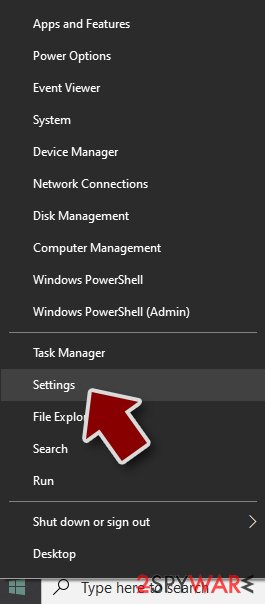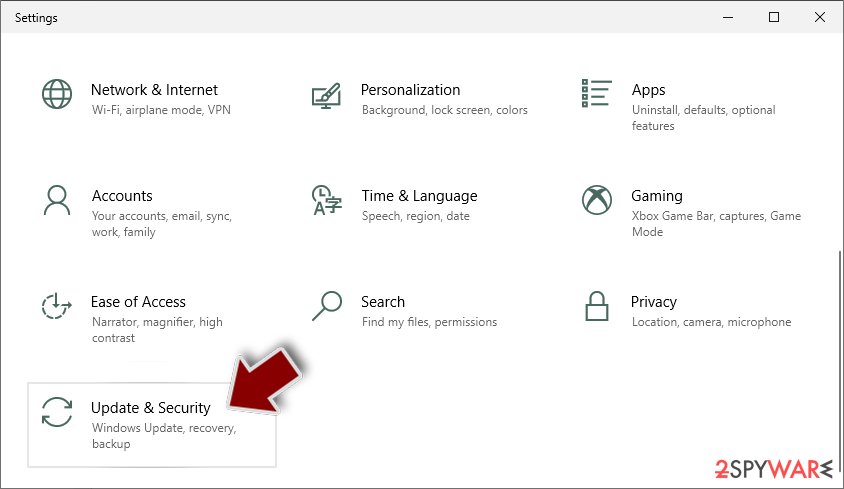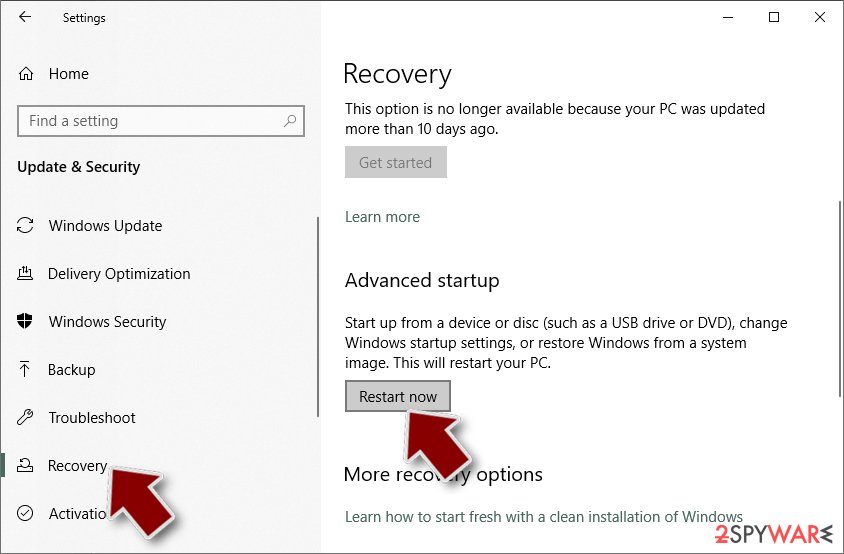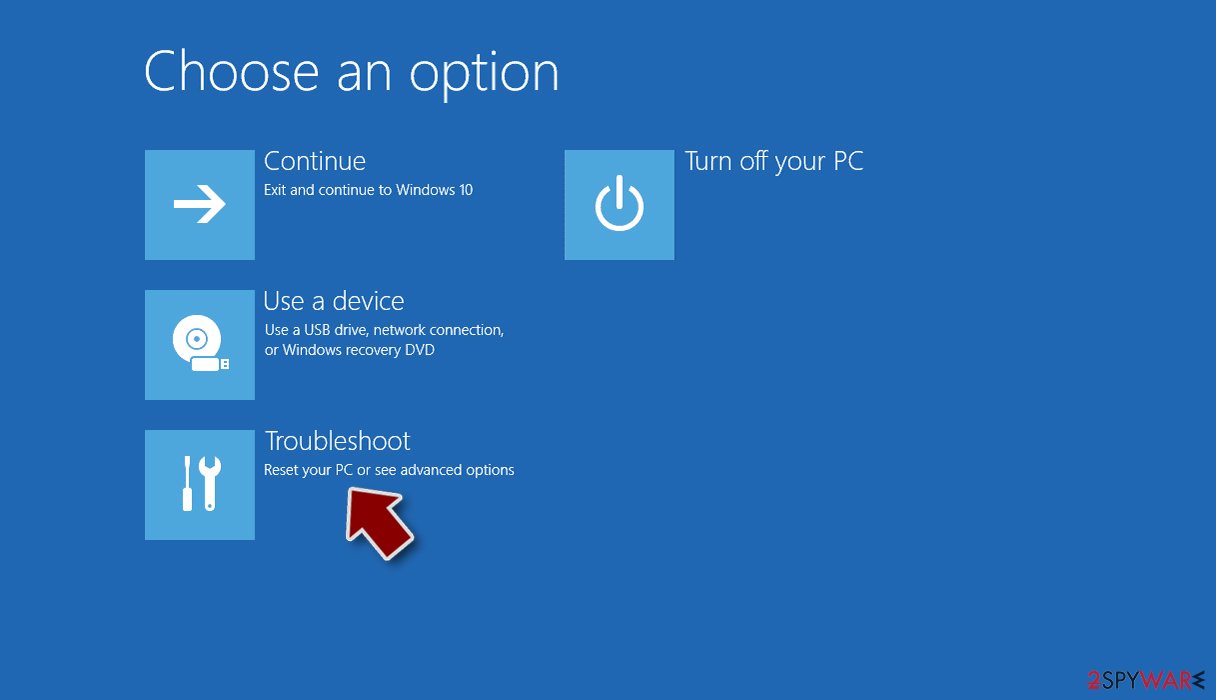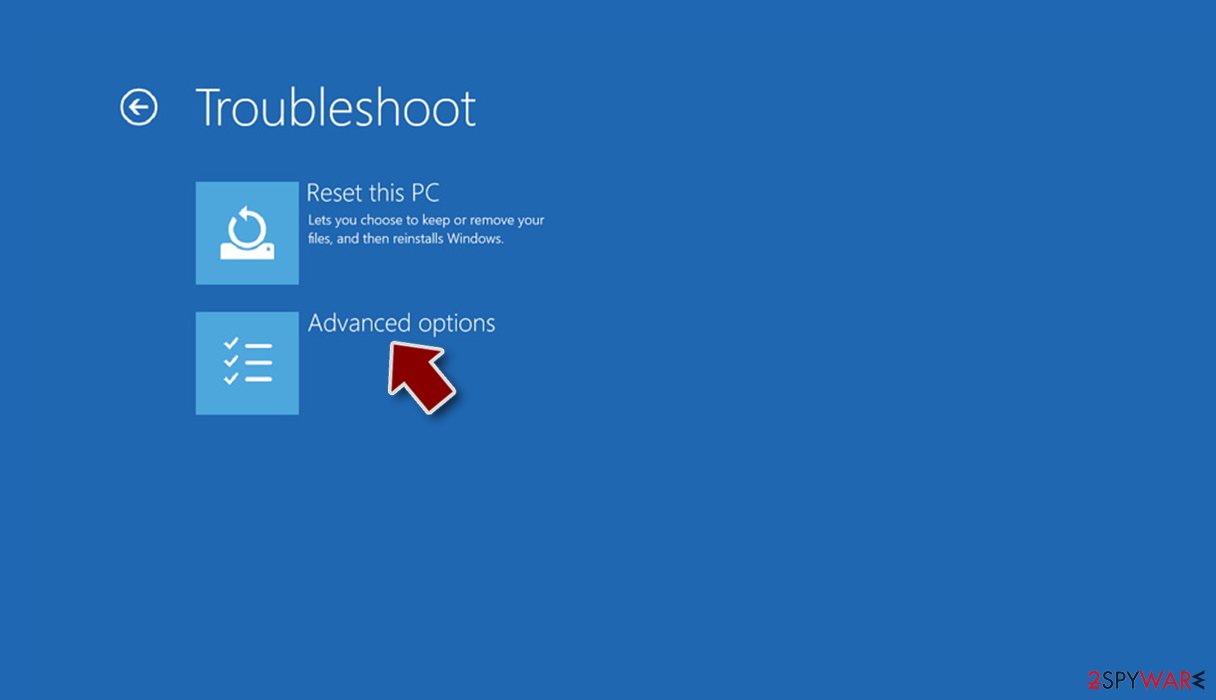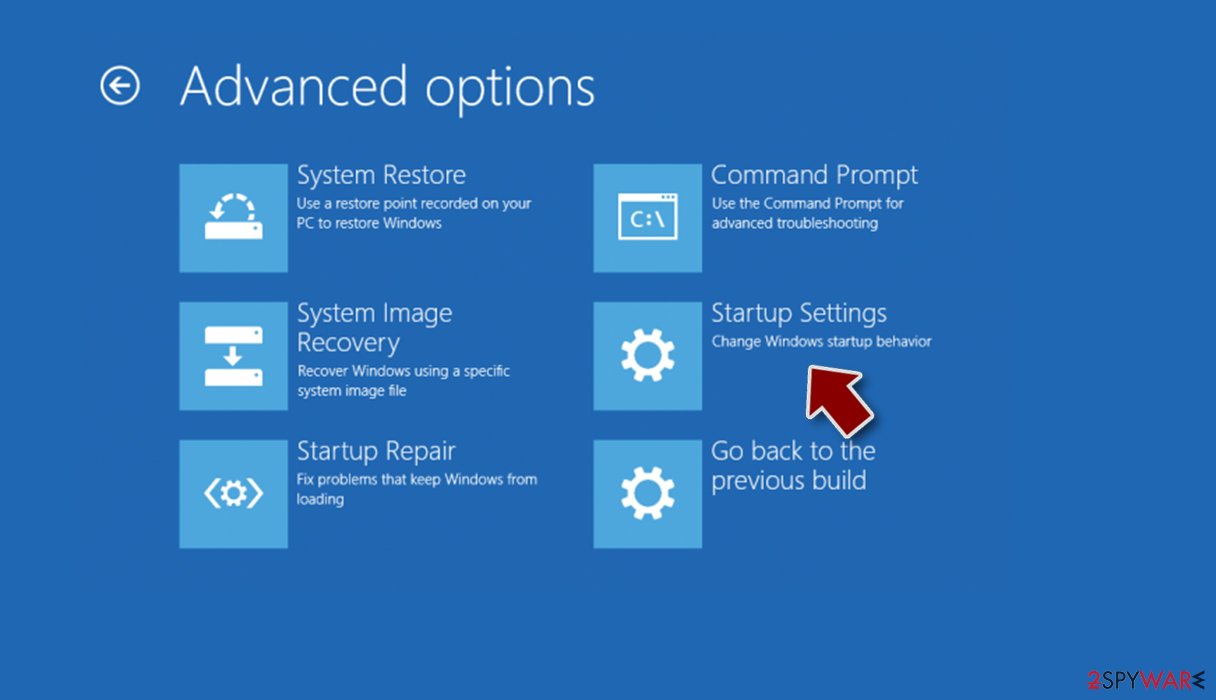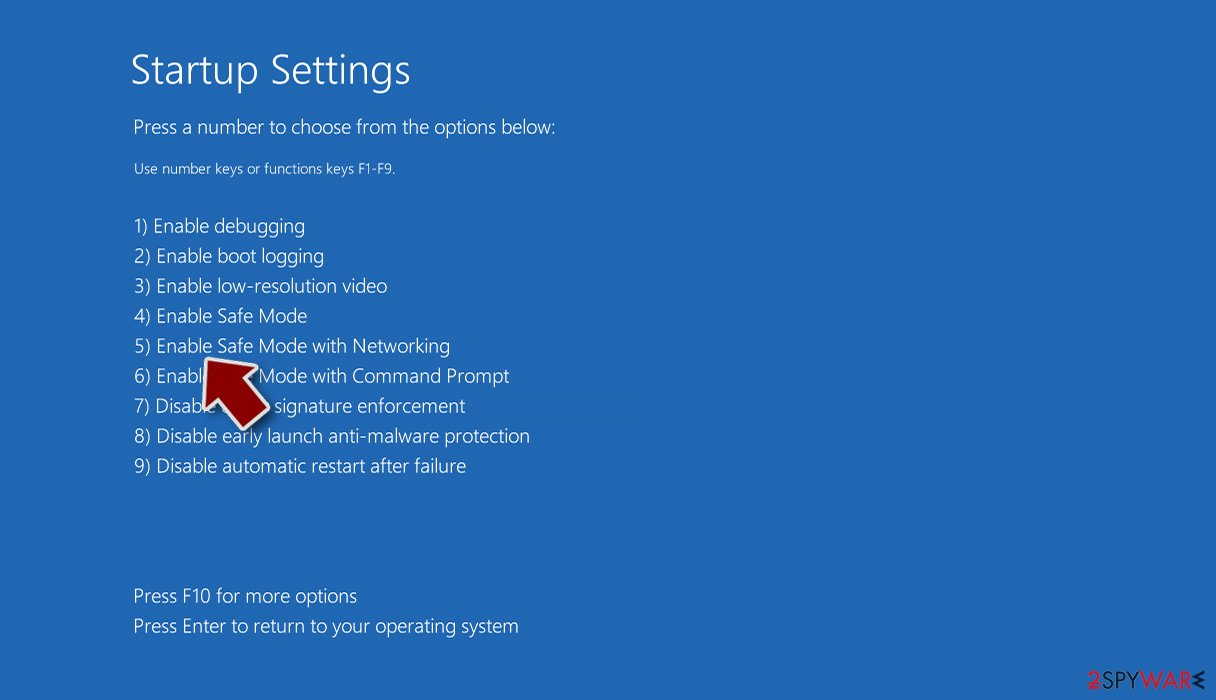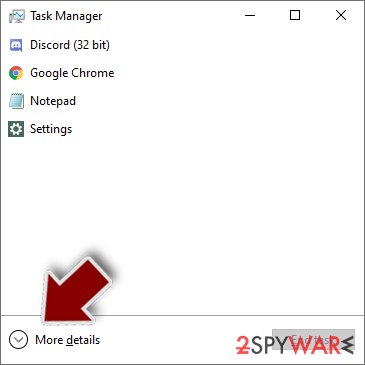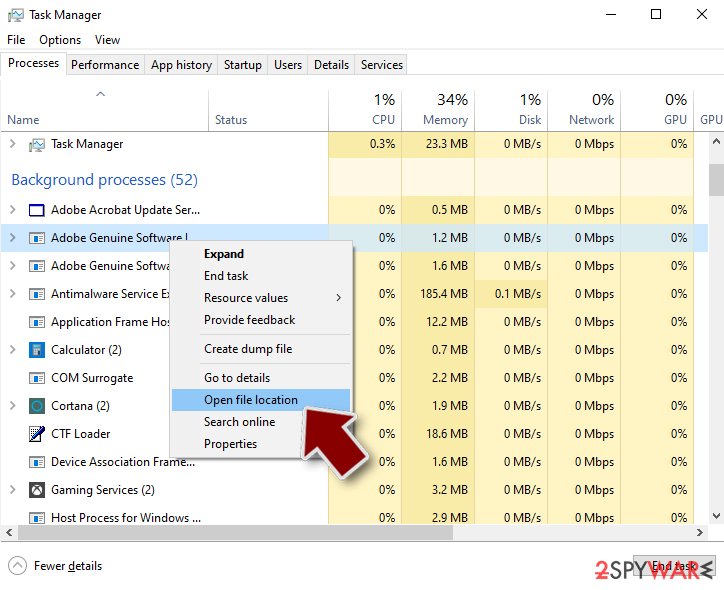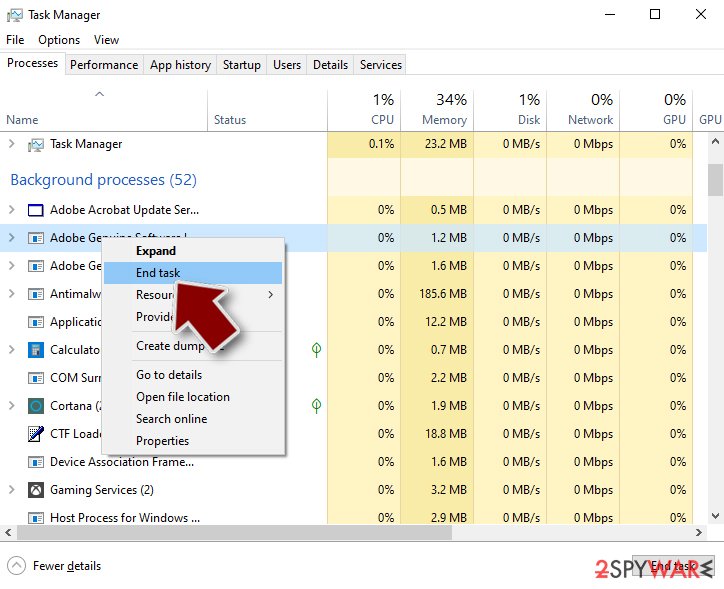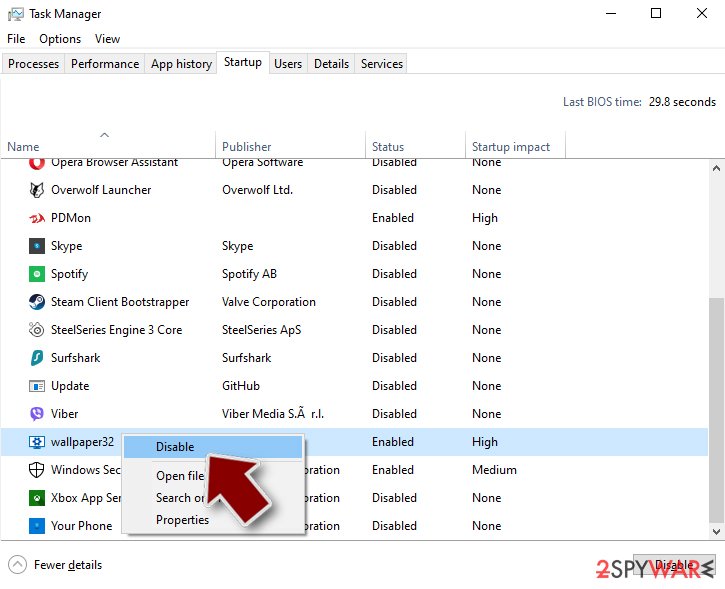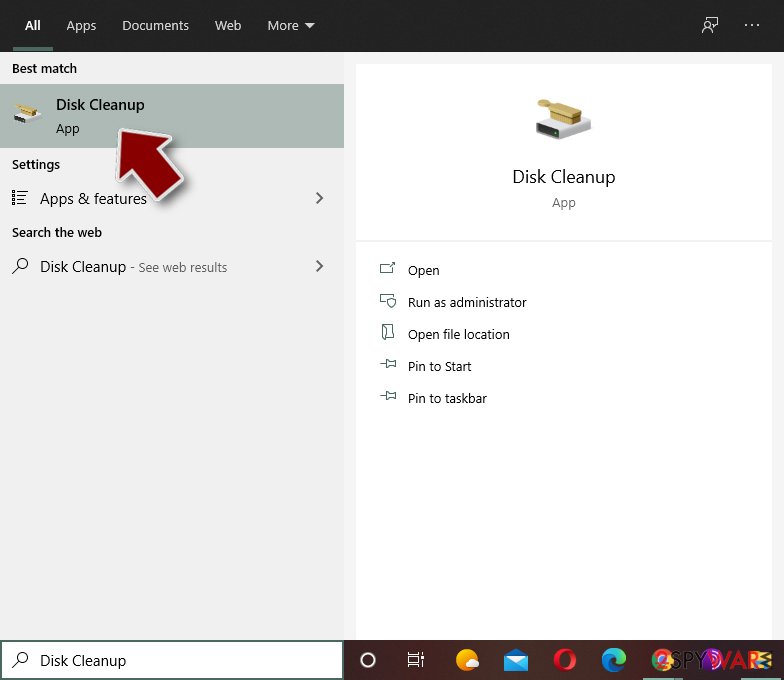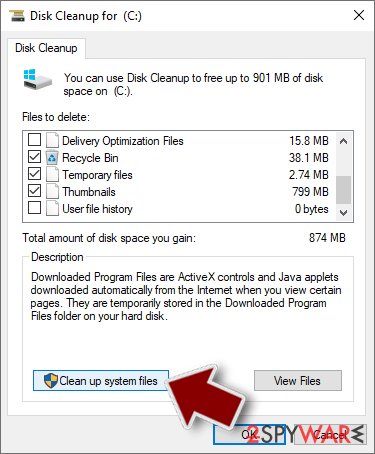Pahd ransomware - Virus Decryption
Pahd virus Removal Guide
What is Pahd ransomware?
Pahd ransomware: a threat for your personal files
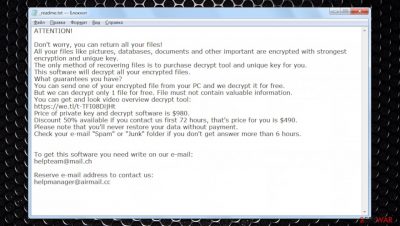
Pahd ransomware is a very dangerous file-locking parasite that can attack anyone's device. After gaining access to a targeted Windows computer, it encrypts all personal files and demands a ransom in exchange for a decryption key/software. It's mostly distributed through software cracks[1] downloaded from file-sharing platforms, so you should stay away from these dangerous executables in the future.
When one of such malicious files is downloaded and executed, it immediately starts the system file modification and the encryption process. All personal files are locked within five minutes and are appended with a .pahd extension. Although their contents aren't modified, they're inaccessible until a necessary decryption software or key is used.
When a ransom note (_readme.txt) is generated and placed on the desktop so that the victim would find it with ease, the encryption is over. Now the main thing is not to panic, as that won't get you anywhere. What's done is done. Now what really matters is how you respond to this incident.
Remain calm and rest assured that you can easily remove the virus and regain your data. You can trust us, as we've been helping victims of various cyberattacks remove the infections and restore the overall health of their devices for almost two decades.
The message within the ransom note states:
ATTENTION!
Don't worry, you can return all your files!
All your files like pictures, databases, documents and other important are encrypted with strongest encryption and unique key.
The only method of recovering files is to purchase decrypt tool and unique key for you.
This software will decrypt all your encrypted files.
What guarantees you have?
You can send one of your encrypted file from your PC and we decrypt it for free.
But we can decrypt only 1 file for free. File must not contain valuable information.
You can get and look video overview decrypt tool:
hxxps://we.tl/t-9CYW99VhUR
Price of private key and decrypt software is $980.
Discount 50% available if you contact us first 72 hours, that's price for you is $490.
Please note that you'll never restore your data without payment.
Check your e-mail “Spam” or “Junk” folder if you don't get answer more than 6 hours.To get this software you need write on our e-mail:
helpteam@mail.chReserve e-mail address to contact us:
helpmanager@airmail.ccYour personal ID:
As you could see, the cybercriminals behind the Pahd virus are bending over backward to persuade their victims into paying the ransom. First, they state that there's no other way to decrypt the encrypted data without their intervention. That's just not true.
Since this file virus belongs to the infamous Djvu ransomware family, companies have dedicated their time and money to help people get away from this uncomfortable predicament without paying a dime. One of those companies is Emisoft, and we're going to explain how to use its free decryption software a bit later.
The second persuasion technique involves the victim sending one Pahd file (encrypted) to the criminals for free decryption. The third one is a link to a video where the supposed tool can be seen in action. Both of these techniques are meant to convince you that the necessary tool actually exists.
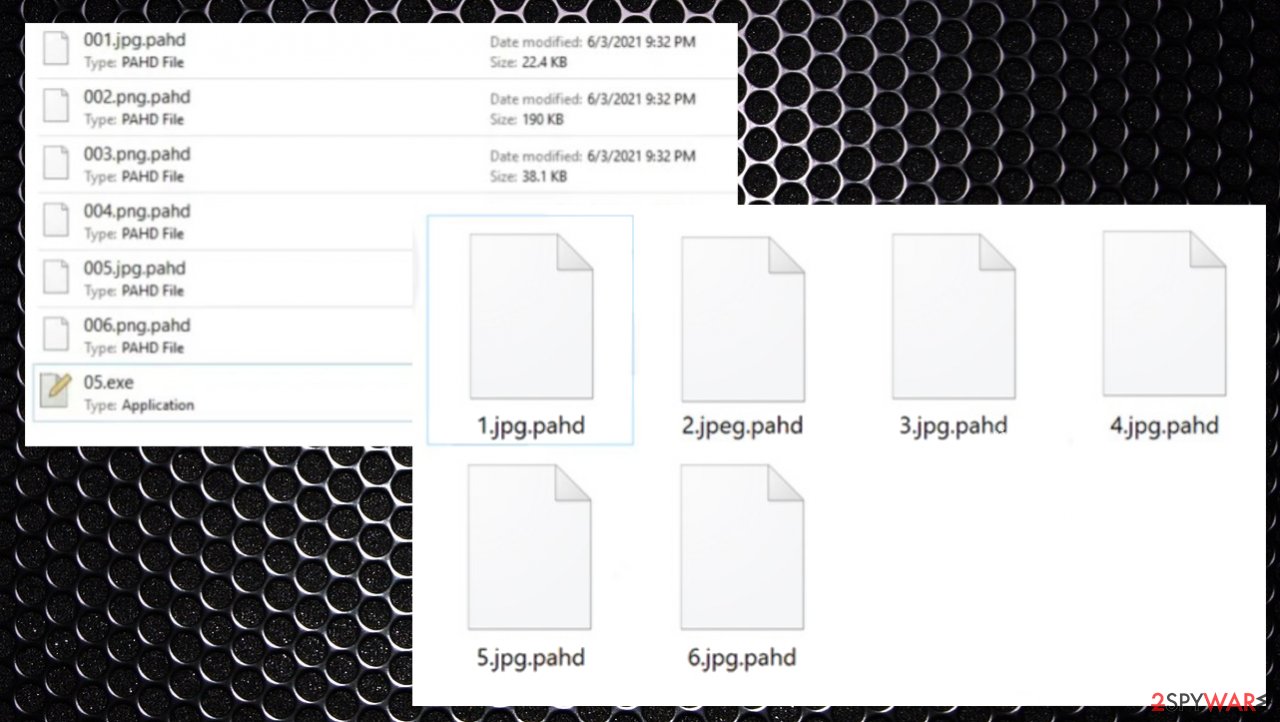
The fourth one is the 50% discount offer. This should push you to make up your mind real quick, as the discount is available only for victims who contact their assailants within 72 hours. This forces the victims into making rash decisions and contacting the criminals via the two given emails (helpmanager@airmail.cc or helpteam@mail.ch).
Despite the ransom amount being relatively low with ($490) or without the discount ($980), we do not recommend reaching out to the criminals and paying the requested amount in Bitcoins to regain your data. This article contains the step-by-step removal options of the cryptovirus, as well as a guide to repair damaged PC system sections and ways to recover encrypted files.
| name | Pahd virus |
|---|---|
| Type | Ransomware, file-locker, cryptovirus |
| Family | Djvu/STOP |
| Infection symptoms | Personal files (documents, archives, databases, etc.) are renamed, and you cannot open them; performance of the device is diminished; ransom note is seen on the desktop and in some affected folders; can't open security software and other programs |
| Appended file extension | .pahd |
| Ransom note | _readme.txt |
| Data recovery | Victims of this ransomware should try out the decryption software listed below |
| Elimination | To remove this file virus entirely, users have to use a reliable anti-malware program that ensures that the infection won't renew after a reboot |
| System health | Cryptoviruses don't encrypt system files, but they modify them to a point where the system is no longer usable. You can try repairing all the damage the virus has managed to cause by using the FortectIntego system diagnostics tool |
Instructions to remove Pahd file virus, repair system damage, and recover encrypted data
We're not going to wrap you cotton wool – the removal and recovery will take some time and require professional software. To begin this journey, the first thing you need to do is to copy essential files from the infected machine onto a USB, SSD, or other offline storage devices. Skip this step if you had backups.
Part 1. File virus removal
Other security experts[2] and we recommend downloading a trustworthy anti-malware software such as Malwarebytes or SpyHunter 5Combo Cleaner. If the ransomware prevents you from downloading it (because of altered system settings and files), you have to do that in Safe Mode with Networking. We've included a free guide for that at the bottom of the article.
Once one of the recommended security tools is installed, make sure to update its virus database with the latest definitions and perform a full system scan. That should automatically detect all files related to Pahd file virus, isolate them, and suggest that you remove them. Please do so.
This action should eliminate the ransomware with all of its associated files. To ensure that your device is properly protected, it would be best if you made a habit of updating your chosen AV tool and scanning the entire system with it at least a couple of times a week.
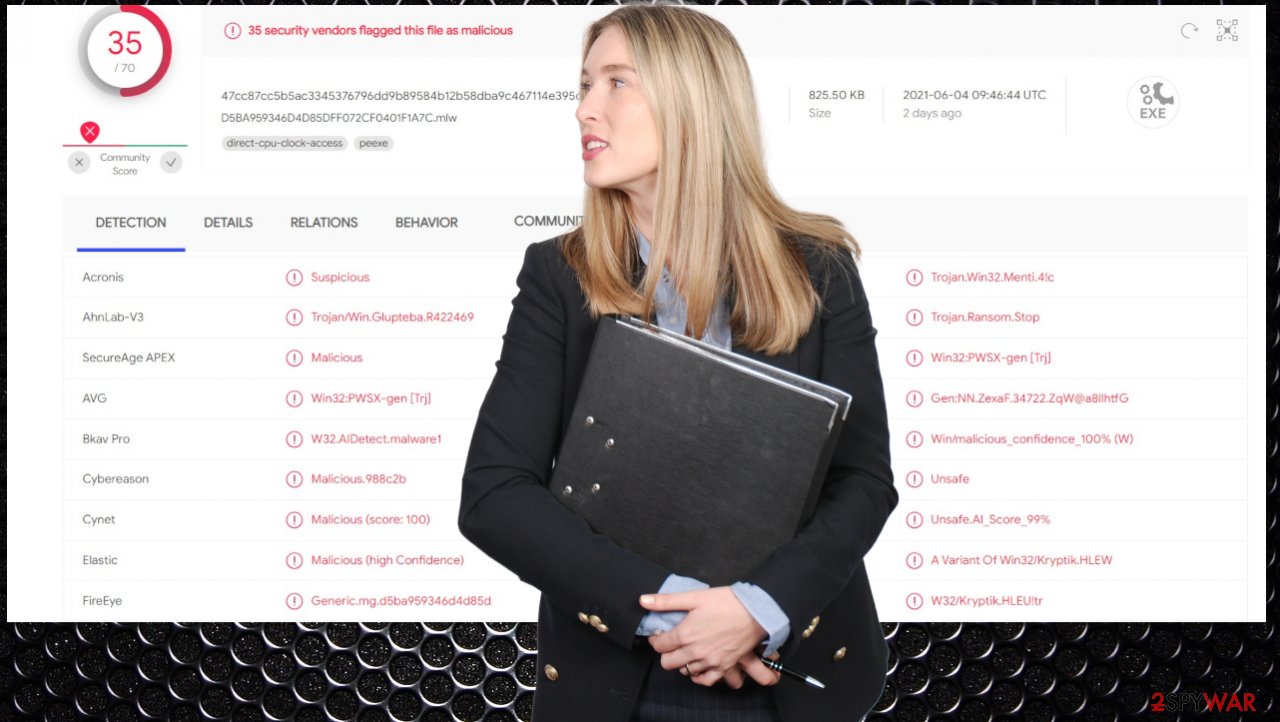
The need for a reliable security tool is once more reiterated in the VirusTotal report,[3] which shows that devices that had such tools evaded the infections as security software identified the threat and blocked it. In fact, 50 out of 70 AV engines recognized the malicious file. Here's a few examples of its detection names:
- RDN/Generic.grp
- Trojan:Win32/Azorult.RF!MTB
- A Variant Of Win32/Kryptik.HLEW
- Win32:PWSX-gen [Trj]
- Trojan.MalPack.GS
Part 2. Recovering the damage your system files and settings endured
As we've already mentioned numerous times, Pahd virus alters core system files and settings. Ransomware does these changes to establish persistence. That may result in various abnormal PC behavior, such as the inability to launch security software, freezing, BSoDs, and so on.
Thus if you want to enjoy your device as you did before the cyberattack, you have to take care of all system-related irregularities. Unfortunately, you won't be able to restore all modifications manually, even if you consider yourself a tech-savvy person. But luckily, IT experts create convenient tools such as the FortectIntego system diagnostics software to help to fix Windows systems automatically. Here's what you need to do:
- Download the application by clicking on the link above
- Click on the ReimageRepair.exe
![Reimage download Reimage download]()
- If User Account Control (UAC) appears, choose Yes
- Click Install
![Reimage installation Reimage installation]()
- A scan will begin immediately after the installation is finished.
![Reimage scan Reimage scan]()
- Once the scan is completed, check the results listed in the Summary
- Click on each of the discovered problems and fix them manually
- If you see many issues that you find difficult to fix, we recommend you purchase the license and fix them automatically.
![Reimage results Reimage results]()
Using such a tool, you can rest assured that your device won't exhibit any abnormal behavior, such as BSoDs,[4] severe lag, freezing, etc. If you've kept backups of your critical data, only after completing the instructions in Part 1 and Part 2 is it safe to recover files as there's no chance that the ransomware infection would renew. If you didn't, please proceed to the next part.
Part 3. Decrypting locked files with Emsisoft software
This section of the article suggests available data decryption software. Please keep in mind that there's no guarantee that the recommended tools will help you to recover Pahd files, but it's a way better option than paying the criminals and expanding their dirty business.
As we've mentioned initially, companies are working to minimize the damage caused by Djvu family ransomware. One of those companies is Emsisoft, and they offer free decryption software meant to compact viruses from the said lineage.
Here's what you need to do:
- Download the app from the official Emsisoft website.
![Pahd ransomware Pahd ransomware]()
- After pressing the Download button, a small pop-up at the bottom should show up – press on it.
![Pahd ransomware Pahd ransomware]()
- If User Account Control (UAC) message pops up, press Yes.
- Agree to License Terms by pressing Yes.
![Pahd ransomware Pahd ransomware]()
- After the Disclaimer appears, press OK.
- The tool should automatically identify folders affected by Pahd ransomware, although you can also do it by pressing Add folder at the bottom.
![Pahd ransomware Pahd ransomware]()
- Press Decrypt.
![Pahd ransomware Pahd ransomware]()
If the program was able to unlock your files, an inscription “Decrypted!” will appear. If you see “Error: Unable to decrypt file with ID:” that means that the necessary key for Pahd file virus was not yet retrieved, so you should try again later. But if a message “This ID appears to be an online ID, decryption is impossible” pops up – this tool won't be able to help you with file recovery.
If the decryptor was unsuccessful in recovering encrypted files, please don't lose hope. There are other methods that you should try, and we've posted them below. And please remember that a reliable anti-malware tool is your best defense against cyber threats lurking on the internet.
Getting rid of Pahd virus. Follow these steps
Important steps to take before you begin malware removal
File encryption and ransomware infection are two independent processes (although the latter would not be possible without the former). However, it is important to understand that malware performs various changes within a Windows operating system, fundamentally changing the way it works.
IMPORTANT for those without backups! →
If you attempt to use security or recovery software immediately, you might permanently damage your files, and even a working decryptor then would not be able to save them.
Before you proceed with the removal instructions below, you should copy the encrypted files onto a separate medium, such as USB flash drive or SSD, and then disconnect them from your computer. Encrypted data does not hold any malicious code, so it is safe to transfer to other devices.
The instructions below might initially seem overwhelming and complicated, but they are not difficult to understand as long as you follow each step in the appropriate order. This comprehensive free guide will help you to handle the malware removal and data recovery process correctly.
If you have any questions, comments, or are having troubles with following the instructions, please do not hesitate to contact us via the Ask Us section.
IMPORTANT! →
It is vital to eliminate malware infection from the computer fully before starting the data recovery process, otherwise ransomware might re-encrypt retrieved files from backups repeatedly.
Isolate the infected computer
Some ransomware strains aim to infect not only one computer but hijack the entire network. As soon as one of the machines is infected, malware can spread via network and encrypt files everywhere else, including Network Attached Storage (NAS) devices. If your computer is connected to a network, it is important to isolate it to prevent re-infection after ransomware removal is complete.
The easiest way to disconnect a PC from everything is simply to plug out the ethernet cable. However, in the corporate environment, this might be extremely difficult to do (also would take a long time). The method below will disconnect from all the networks, including local and the internet, isolating each of the machines involved.
- Type in Control Panel in Windows search and press Enter
- Go to Network and Internet

- Click Network and Sharing Center

- On the left, pick Change adapter settings

- Right-click on your connection (for example, Ethernet), and select Disable

- Confirm with Yes.
If you are using some type of cloud storage you are connected to, you should disconnect from it immediately. It is also advisable to disconnect all the external devices, such as USB flash sticks, external HDDs, etc. Once the malware elimination process is finished, you can connect your computers to the network and internet, as explained above, but by pressing Enable instead.
Restore Windows "hosts" file to its original state
Some ransomware might modify Windows hosts file in order to prevent users from accessing certain websites online. For example, Djvu ransomware variants add dozens of entries containing URLs of security-related websites, such as 2-spyware.com. Each of the entries means that users will not be able to access the listed web addresses and will receive an error instead.
Here's an example of “hosts” file entries that were injected by ransomware:
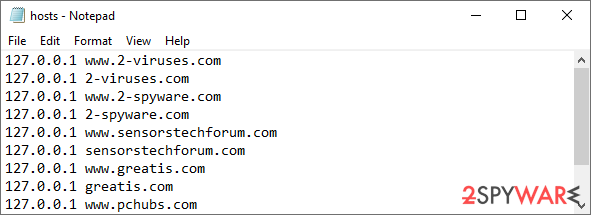
In order to restore your ability to access all websites without restrictions, you should either delete the file (Windows will automatically recreate it) or remove all the malware-created entries. If you have never touched the “hosts” file before, you should simply delete it by marking it and pressing Shift + Del on your keyboard. For that, navigate to the following location:
C:\\Windows\\System32\\drivers\\etc\\
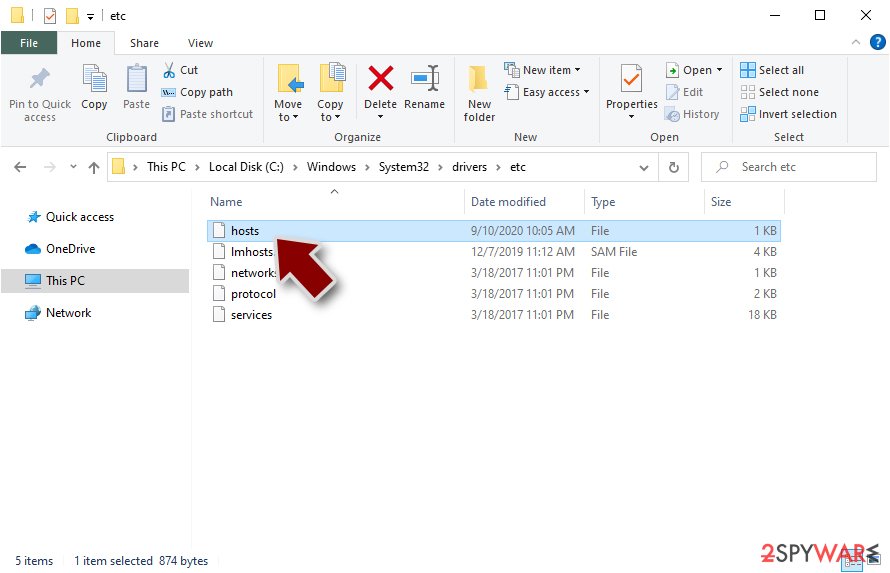
Restore files using data recovery software
Since many users do not prepare proper data backups prior to being attacked by ransomware, they might often lose access to their files permanently. Paying criminals is also very risky, as they might not fulfill the promises and never send back the required decryption tool.
While this might sound terrible, not all is lost – data recovery software might be able to help you in some situations (it highly depends on the encryption algorithm used, whether ransomware managed to complete the programmed tasks, etc.). Since there are thousands of different ransomware strains, it is immediately impossible to tell whether third-party software will work for you.
Therefore, we suggest trying regardless of which ransomware attacked your computer. Before you begin, several pointers are important while dealing with this situation:
- Since the encrypted data on your computer might permanently be damaged by security or data recovery software, you should first make backups of it – use a USB flash drive or another storage.
- Only attempt to recover your files using this method after you perform a scan with anti-malware software.
Install data recovery software
- Download Data Recovery Pro.
- Double-click the installer to launch it.

- Follow on-screen instructions to install the software.

- As soon as you press Finish, you can use the app.
- Select Everything or pick individual folders where you want the files to be recovered from.

- Press Next.
- At the bottom, enable Deep scan and pick which Disks you want to be scanned.

- Press Scan and wait till it is complete.

- You can now pick which folders/files to recover – don't forget you also have the option to search by the file name!
- Press Recover to retrieve your files.

Create data backups to avoid file loss in the future
One of the many countermeasures for home users against ransomware is data backups. Even if your Windows get corrupted, you can reinstall everything from scratch and retrieve files from backups with minimal losses overall. Most importantly, you would not have to pay cybercriminals and risk your money as well.
Therefore, if you have already dealt with a ransomware attack, we strongly advise you to prepare backups for future use. There are two options available to you:
- Backup on a physical external drive, such as a USB flash drive or external HDD.
- Use cloud storage services.
The first method is not that convenient, however, as backups need to constantly be updated manually – although it is very reliable. Therefore, we highly advise choosing cloud storage instead – it is easy to set up and efficient to sustain. The problem with it is that storage space is limited unless you want to pay for the subscription.
Using Microsoft OneDrive
OneDrive is a built-in tool that comes with every modern Windows version. By default, you get 5 GB of storage that you can use for free. You can increase that storage space, but for a price. Here's how to setup backups for OneDrive:
- Click on the OneDrive icon within your system tray.
- Select Help & Settings > Settings.

- If you don't see your email under the Account tab, you should click Add an account and proceed with the on-screen instructions to set yourself up.

- Once done, move to the Backup tab and click Manage backup.

- Select Desktop, Documents, and Pictures, or a combination of whichever folders you want to backup.
- Press Start backup.

After this, all the files that are imported into the above-mentioned folders will be automatically backed for you. If you want to add other folders or files, you have to do that manually. For that, open File Explorer by pressing Win + E on your keyboard, and then click on the OneDrive icon. You should drag and drop folders you want to backup (or you can use Copy/Paste as well).
Using Google Drive
Google Drive is another great solution for free backups. The good news is that you get as much as 15GB for free by choosing this storage. There are also paid versions available, with significantly more storage to choose from.
You can access Google Drive via the web browser or use a desktop app you can download on the official website. If you want your files to be synced automatically, you will have to download the app, however.
- Download the Google Drive app installer and click on it.

- Wait a few seconds for it to be installed.

- Now click the arrow within your system tray – you should see Google Drive icon there, click it once.

- Click Get Started.

- Enter all the required information – your email/phone, and password.

- Now pick what you want to sync and backup. You can click on Choose Folder to add additional folders to the list.
- Once done, pick Next.

- Now you can select to sync items to be visible on your computer.
- Finally, press Start and wait till the sync is complete. Your files are now being backed up.
Manual removal using Safe Mode
Important! →
Manual removal guide might be too complicated for regular computer users. It requires advanced IT knowledge to be performed correctly (if vital system files are removed or damaged, it might result in full Windows compromise), and it also might take hours to complete. Therefore, we highly advise using the automatic method provided above instead.
Step 1. Access Safe Mode with Networking
Manual malware removal should be best performed in the Safe Mode environment.
Windows 7 / Vista / XP
- Click Start > Shutdown > Restart > OK.
- When your computer becomes active, start pressing F8 button (if that does not work, try F2, F12, Del, etc. – it all depends on your motherboard model) multiple times until you see the Advanced Boot Options window.
- Select Safe Mode with Networking from the list.

Windows 10 / Windows 8
- Right-click on Start button and select Settings.

- Scroll down to pick Update & Security.

- On the left side of the window, pick Recovery.
- Now scroll down to find Advanced Startup section.
- Click Restart now.

- Select Troubleshoot.

- Go to Advanced options.

- Select Startup Settings.

- Press Restart.
- Now press 5 or click 5) Enable Safe Mode with Networking.

Step 2. Shut down suspicious processes
Windows Task Manager is a useful tool that shows all the processes running in the background. If malware is running a process, you need to shut it down:
- Press Ctrl + Shift + Esc on your keyboard to open Windows Task Manager.
- Click on More details.

- Scroll down to Background processes section, and look for anything suspicious.
- Right-click and select Open file location.

- Go back to the process, right-click and pick End Task.

- Delete the contents of the malicious folder.
Step 3. Check program Startup
- Press Ctrl + Shift + Esc on your keyboard to open Windows Task Manager.
- Go to Startup tab.
- Right-click on the suspicious program and pick Disable.

Step 4. Delete virus files
Malware-related files can be found in various places within your computer. Here are instructions that could help you find them:
- Type in Disk Cleanup in Windows search and press Enter.

- Select the drive you want to clean (C: is your main drive by default and is likely to be the one that has malicious files in).
- Scroll through the Files to delete list and select the following:
Temporary Internet Files
Downloads
Recycle Bin
Temporary files - Pick Clean up system files.

- You can also look for other malicious files hidden in the following folders (type these entries in Windows Search and press Enter):
%AppData%
%LocalAppData%
%ProgramData%
%WinDir%
After you are finished, reboot the PC in normal mode.
Finally, you should always think about the protection of crypto-ransomwares. In order to protect your computer from Pahd and other ransomwares, use a reputable anti-spyware, such as FortectIntego, SpyHunter 5Combo Cleaner or Malwarebytes
How to prevent from getting ransomware
Choose a proper web browser and improve your safety with a VPN tool
Online spying has got momentum in recent years and people are getting more and more interested in how to protect their privacy online. One of the basic means to add a layer of security – choose the most private and secure web browser. Although web browsers can't grant full privacy protection and security, some of them are much better at sandboxing, HTTPS upgrading, active content blocking, tracking blocking, phishing protection, and similar privacy-oriented features. However, if you want true anonymity, we suggest you employ a powerful Private Internet Access VPN – it can encrypt all the traffic that comes and goes out of your computer, preventing tracking completely.
Lost your files? Use data recovery software
While some files located on any computer are replaceable or useless, others can be extremely valuable. Family photos, work documents, school projects – these are types of files that we don't want to lose. Unfortunately, there are many ways how unexpected data loss can occur: power cuts, Blue Screen of Death errors, hardware failures, crypto-malware attack, or even accidental deletion.
To ensure that all the files remain intact, you should prepare regular data backups. You can choose cloud-based or physical copies you could restore from later in case of a disaster. If your backups were lost as well or you never bothered to prepare any, Data Recovery Pro can be your only hope to retrieve your invaluable files.
- ^ Software cracking. Wikipedia. The free encyclopedia.
- ^ Dieviren. Dieviren. Spyware news and security.
- ^ VirusTotal. Virustotal. Suspicious file analysis.
- ^ Chris Hoffman. Everything You Need To Know About the Blue Screen of Death. Howtogeek. Online technology magazine.

